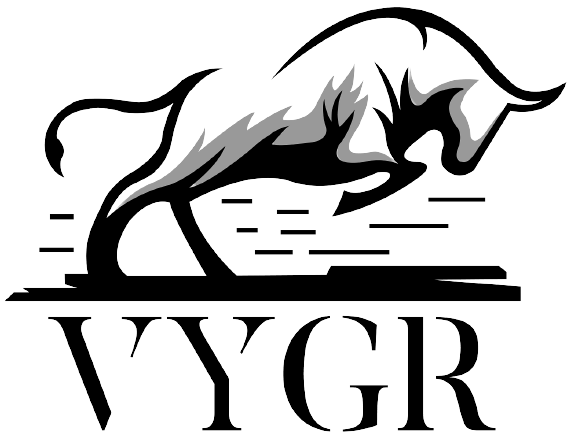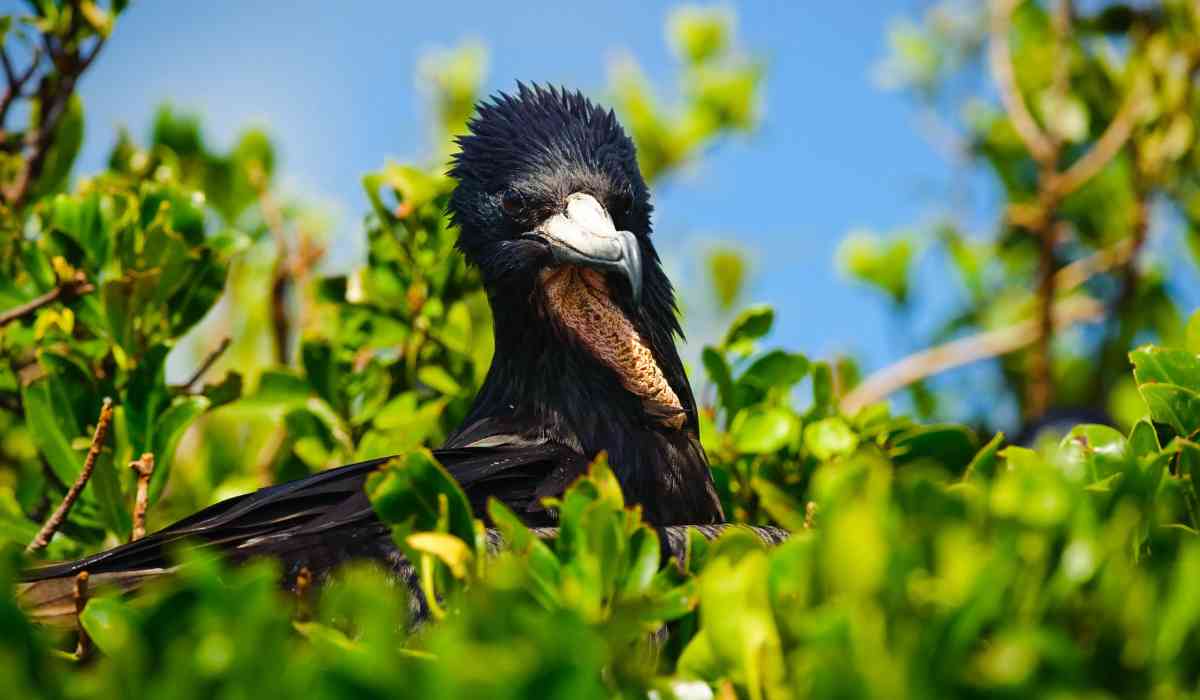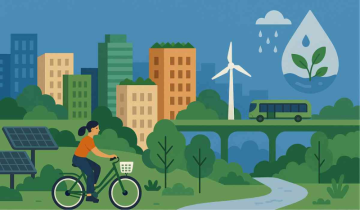Once a rat-infested island, Redonda, not Manhattan, has transformed into a thriving haven for endangered wildlife. This uninhabited Caribbean gem, nestled within Antigua and Barbuda, was once plundered for its bird droppings and overrun by feral goats and black rats.
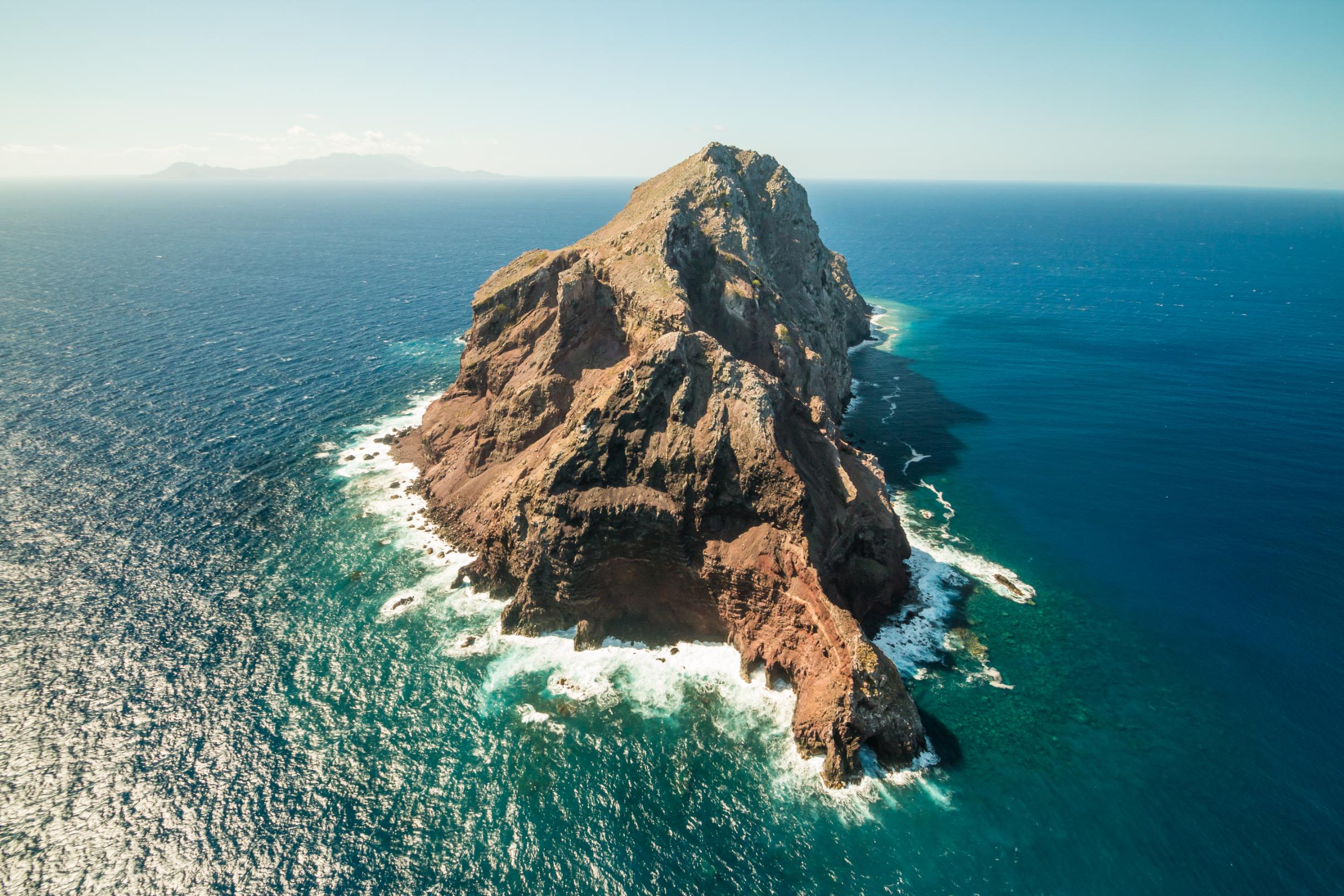
Years of tireless restoration work have given rise to a flourishing ecosystem on this once-barren volcanic island. The rejuvenation surprised even the most sceptical observers.
In 2016, conservationists launched an ambitious mission to rid Redonda of its 60 voracious goats and 6,000 relentless black rats. The battle involved deploying poisonous traps, with some rats feasting on their fallen comrades before human intervention.

The wily goats posed an even greater challenge, necessitating innovative tactics like encasing them in plastic bags, blindfolding them with makeshift hoods crafted from old yoga pants, and cushioning their horns with foam pool noodles for a peaceful flight back to Antigua.
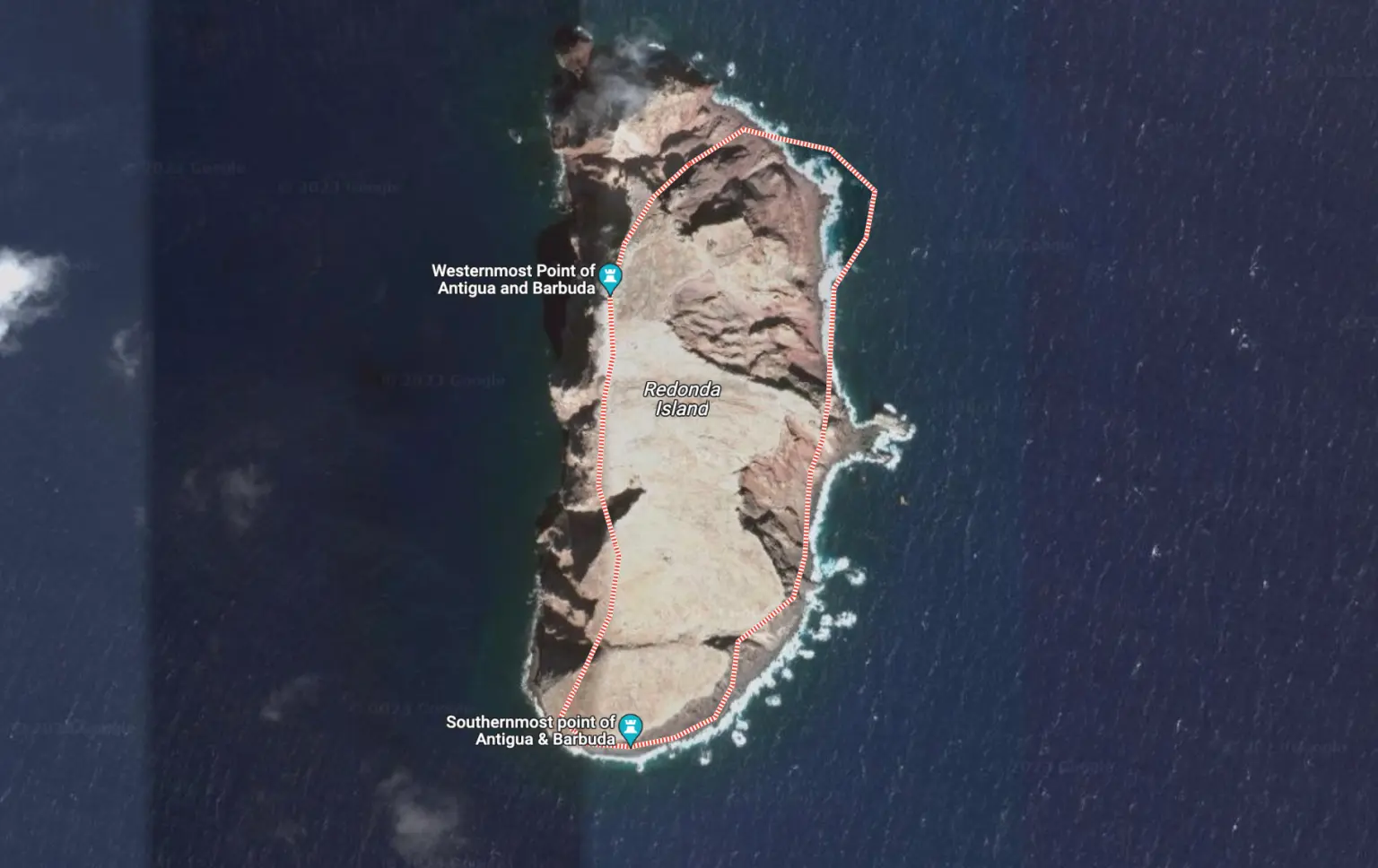
Today, Redonda's native vegetation, avian residents, and lizard populations have experienced a remarkable resurgence, transforming the once-barren landscape into a lush, green paradise, as reported by local sources.
In early September, the government of Antigua and Barbuda proudly declared the establishment of the Redonda Ecosystem Reserve, solidifying its status as one of the Caribbean's largest protected areas.

This island, discovered by Christopher Columbus in 1493, fell victim to guano mining in the 19th century, only to be abandoned during World War I, allowing invasive rats and goats to dominate the landscape. Now, Redonda stands as a testament to nature's resilience and the unwavering dedication of those who worked tirelessly to restore its beauty.
© Copyright 2023. All Rights Reserved Powered by Vygr Media.
